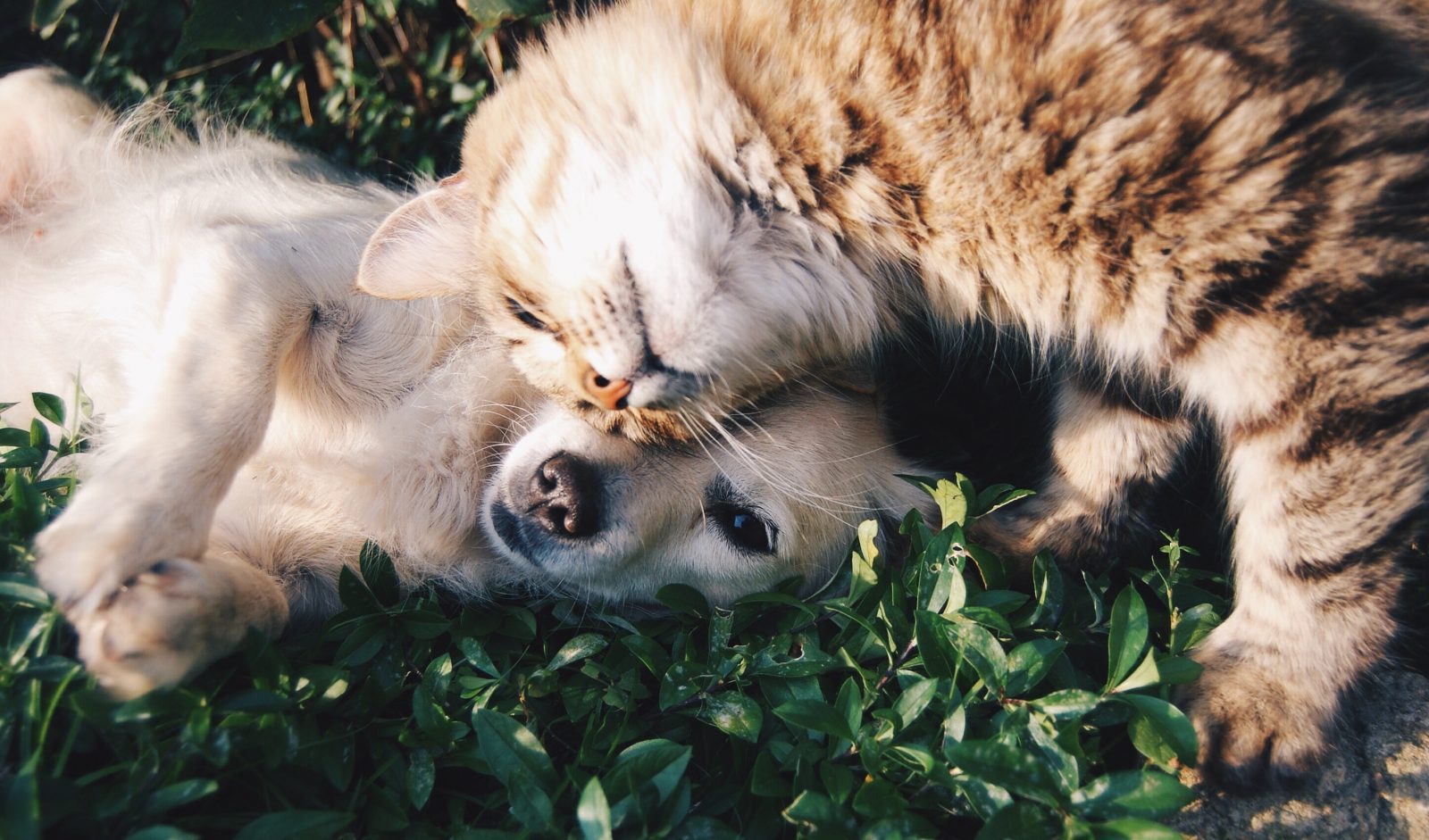Why Spaying or Neutering Your Pet is a Gift of Love

by Kimberly Blaker
Whether you’re considering welcoming a new furry friend into your home or have a dog or cat already, the decision to spay or neuter can be a difficult choice. You may feel uncomfortable deciding this or worry that it’s unnatural or harmful to your pet. In reality, spaying or neutering your pet is a gift of love, both to your own pet and to other cats or dogs.
What are spaying and neutering?
Spaying is the removal of a female pet’s reproductive organs, and neutering is the removal of a male pet’s testicles to prevent them from reproducing. These surgical procedures have a short recovery time. But they should be done only by a professional, licensed veterinarian under general anesthesia.
How does spaying or neutering help my pet?
Spayed and neutered pets reap many benefits, both physically and behaviorally. These procedures can significantly increase pets’ life spans and the quality of their lives. Here’s how.
Reduces cancer risk
Animals can be stricken with cancer, just like humans, which is devastating to their health and very costly to treat (when treatable). Spaying or neutering lowers a pet’s risk of developing breast, uterine, prostate, testicular, and ovarian cancer.
Reduces the chance of uterine infections
These infections are particularly dangerous for pets. But spaying or neutering decreases the risk of contracting one of these infections for both males and females.
Females won’t go into heat
During the breeding season, female cats as young as four or five months old spend four to five days in heat every three weeks. Female dogs generally go into heat twice a year, lasting two to four weeks each time, depending on their breed. Dogs in heat may yowl or wail. They also urinate more often, and all over, in their search for a mate. Then they feel frustrated when they don’t find one. Females may even bleed and have a swollen vulva during this period. Also, males are likely to be attracted to females in heat and may show unwanted attention or aggression.
Males won’t have negative mating behaviors
Unneutered male pets are more likely to be distracted and aggressive. They also feel frustrated at not being able to find a female to mate with. They’re more likely to try to escape and roam in search of a female in heat. This puts them at risk of getting lost, stolen, injured, or killed. Frustrated males may also mark their territory or make inappropriate sexual advances on people or objects they encounter.
How does spaying or neutering help the community?
There are currently millions of unwanted, homeless pets living on the streets. Dogs and cats are not wild animals with the ability to survive and thrive in the wilderness (or on city streets). Some of these animals are captured and taken to shelters. Unfortunately, shelters are often overrun because there are so many stray dogs and cats. So when they don’t get adopted, they’re either euthanized or live out tragic lives in small cages with little exercise, affection, and interaction.
Stray animals can also injure people, destroy property, cause car accidents, kill wildlife, and disrupt the ecosystem. They also continue to mate, leading to even more homeless animals. Trying to manage this problem costs local governments large amounts of taxpayer money.
So spaying or neutering your pet reduces your pet’s potential to produce more unwanted litters that would otherwise increase the homeless animal problem. If you’re holding back on spaying or neutering because you may want to breed your pet to sell its offspring, realize this takes away a shelter pet’s chance of being adopted by a potential pet parent.
What if I can’t afford to spay or neuter my pet?
If you don’t already have a pet, keep in mind that part of deciding to adopt a pet is making sure you’re financially able to care for it. Pets require at least food and medical expenses, including regular checkups, vaccinations, and spaying or neutering. So you should be in a financial position to manage your pet’s expenses before adopting one. If you decide to get a pet but choose not to spay or neuter for financial reasons, you risk incurring much higher costs down the road. This can result from having an unwanted litter or if your pet develops medical problems or behavioral issues that spaying or neutering would have protected against.
If you already have a pet or you’re considering getting one, many resources are available to help low-income individuals and families get their pets spayed or neutered. Check with your local veterinarian or shelters for affordable services or aid near you. Just make sure if you do find an inexpensive option, the procedure is done by a reputable, licensed veterinarian to ensure your pet’s safety and health. So remember, when you make the decision to spay or neuter your pet, you’re helping both your pet and the entire community of dogs or cats to live happier and healthier lives.









